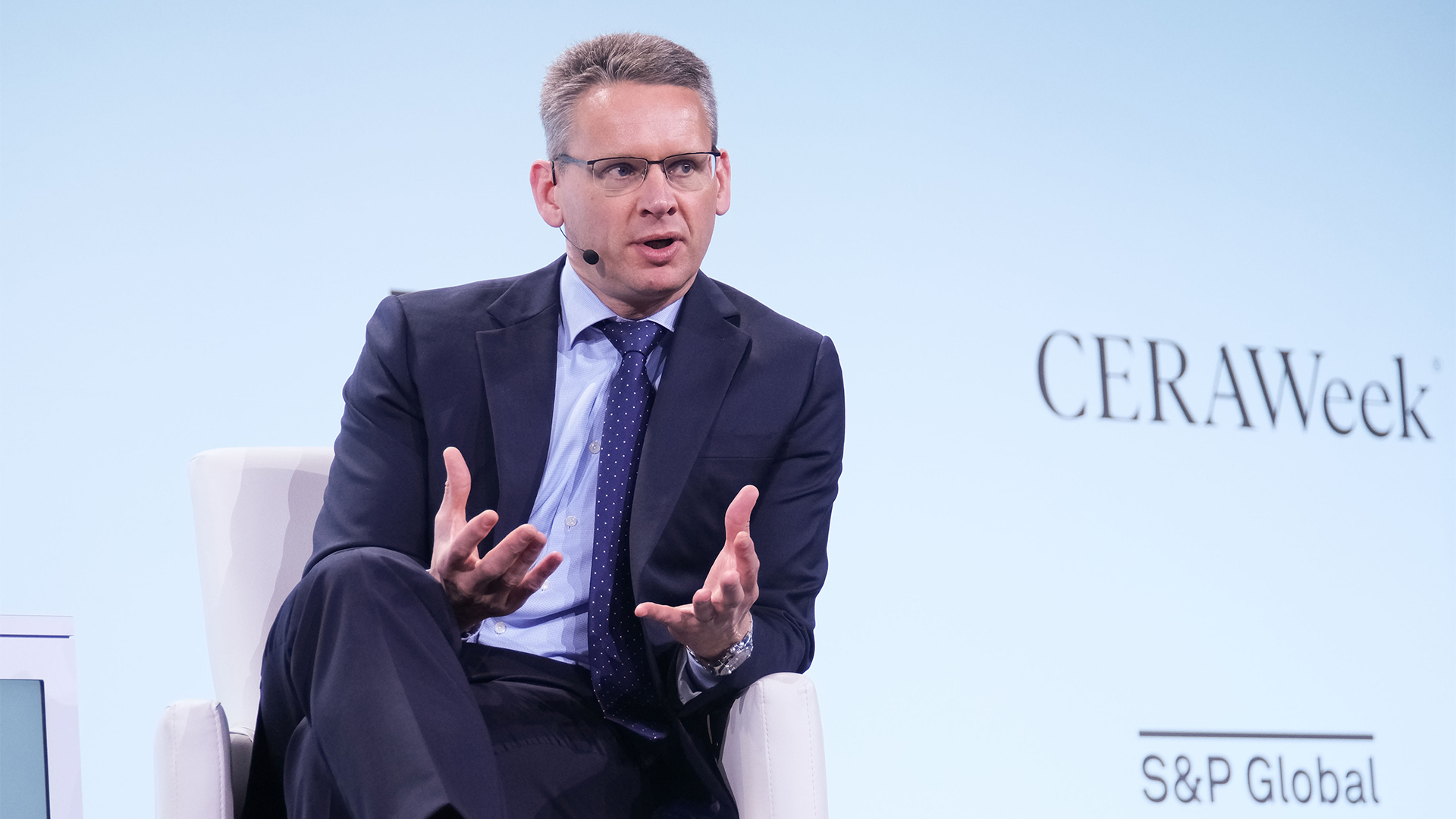A super-supergrid? CEO of UK power network says legacy infrastructure requires major overhaul to meet soaring data center energy demands
Power hungry data centers are placing significant strain on the UK grid, prompting plans for an overhaul of outdated infrastructure


The UK must be ready to take ‘bold action’ to ensure its energy infrastructure can keep up with an anticipated surge in data center power demands, according to a senior leader at the UK’s power transmission network.
Speaking at the Aurora Spring Forum in Oxford, National Grid CEO John Pettigrew said new technologies such as AI and quantum computing will require a significant scaling-up of the nation's energy infrastructure.
Pettigrew said this trend will place unprecedented demands on the UK’s aging power networks, with National Grid forecasting a six-fold spike in demand from commercial data centers in the next decade.
“Future growth in foundational technologies like artificial intelligence and quantum computing will mean larger scale, energy-intensive computing infrastructure”, he predicted.
“[A]s we consider the increasing constraints on the current ‘supergrid’, we’re once again at a pivotal moment. A moment in time that requires innovative thinking and bold actions to create a transmission network for tomorrow’s future.”
It might be time for the UK to consider a major overhaul of its energy infrastructure to give itself the headroom it is going to need in the coming 20 years, Pettigrew suggested.
Incremental upgrades to legacy energy infrastructure won’t cut it
Pettigrew described how the fundamental design behind the National Grid has remained largely unchanged since it was upgraded to meet growing energy demands in the 1950s.
Get the ITPro daily newsletter
Sign up today and you will receive a free copy of our Future Focus 2025 report - the leading guidance on AI, cybersecurity and other IT challenges as per 700+ senior executives
Since then, spare capacity put in place by the prescient engineers of the 1950s has meant the National Grid has been able to incrementally upgrade its infrastructure to accommodate new energy demands, and grow with the country.
The ‘supergrid’ has served the nation well for the last 70 years, according to Pettigrew, but he speculated that with the dramatic growth that new technologies like AI and quantum computing will bring is going to require more than just incremental change.
“[T]he real question is, are we reaching the limit of what an incremental approach can deliver? As we look towards the strategic spatial energy plan, do we also need to take a collective step back, and consider whether there are alternative long-term approaches to build a grid that is fit not just for the next 20 years, but for the next 60.”
Pettigrew raised the possibility of an ultra-high voltage onshore transmission network of up to 800,000V, which could be superimposed on the existing supergrid, transforming it into a “super-supergrid”.
RELATED WHITEPAPER

The strength of this system is that it would enable the bulk power transfers around the country using ultra-high capacity substations to connect major energy sources to the biggest demand centers on the network.
Pettigrew argued a tactical, reactive approach to the energy sector will not be able to keep up with the surges in demand we are expecting in the next 10 years, arguing only a strategic and proactive model will provide the flexibility and capacity to withstand this demand.
“We would transition from a network of hundreds of individual connection projects dotted around the country, all requiring their own approval and infrastructure, to major capacity hubs where investment is directed to where it’s needed.”
Worldwide data center demand explosion
The demand for compute power generated by new technologies like AI and quantum computing has caused a rush to scale up data center capacity from hyperscalers.
In March 2024, AWS announced its plans to acquire a nuclear-powered data center facility in a major $650 million deal with US-based electricity company Talen Energy.
The Cumulus data center complex is adjacent to a 2.5 gigawatt nuclear power station located in Susquehanna, Pennsylvania, and is the latest in a series of moves by the cloud giant aimed at diversifying its energy sources and reducing carbon emissions.
Microsoft has also invested heavily in data center expansions in the UK, with the latest development coming at the decommissioned nuclear power station in Eggborough, Yorkshire.
It announced its plans to build two two-storey data center buildings on the site, building on its commitment to deliver 100% renewable energy at its data center locations by 2025.

Solomon Klappholz is a former staff writer for ITPro and ChannelPro. He has experience writing about the technologies that facilitate industrial manufacturing, which led to him developing a particular interest in cybersecurity, IT regulation, industrial infrastructure applications, and machine learning.
-
 Should AI PCs be part of your next hardware refresh?
Should AI PCs be part of your next hardware refresh?AI PCs are fast becoming a business staple and a surefire way to future-proof your business
By Bobby Hellard
-
 Westcon-Comstor and Vectra AI launch brace of new channel initiatives
Westcon-Comstor and Vectra AI launch brace of new channel initiativesNews Westcon-Comstor and Vectra AI have announced the launch of two new channel growth initiatives focused on the managed security service provider (MSSP) space and AWS Marketplace.
By Daniel Todd